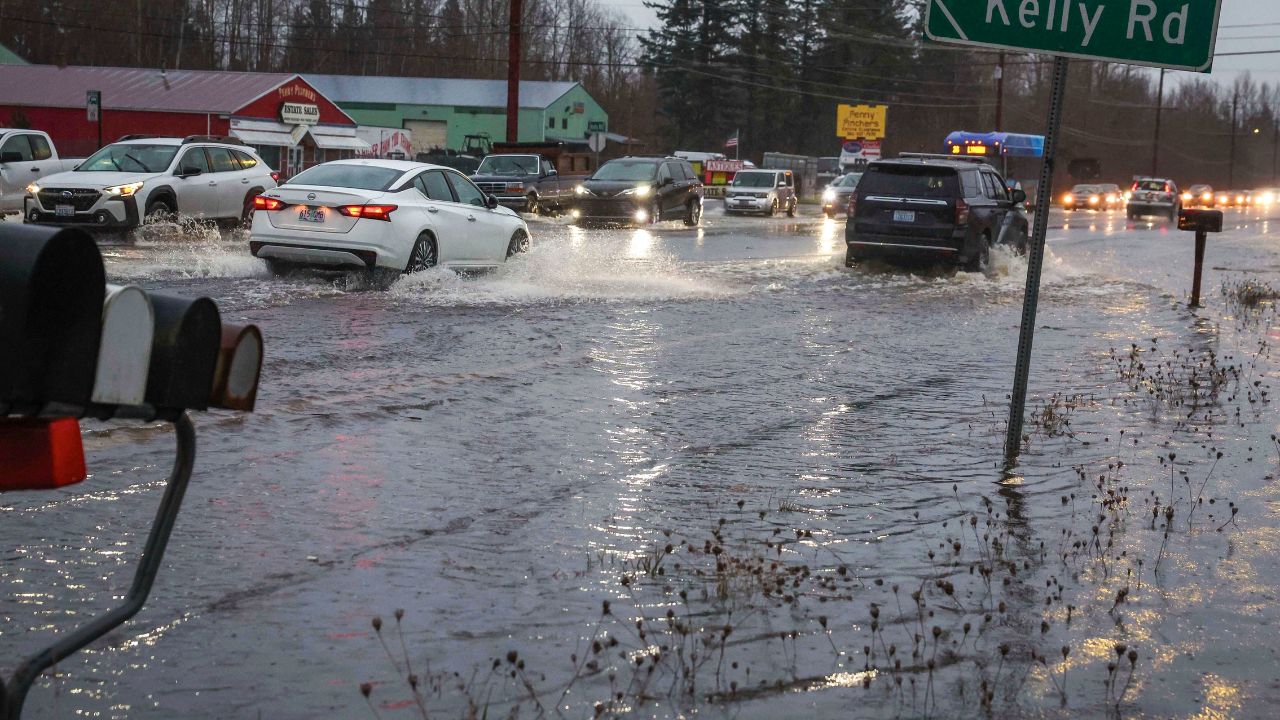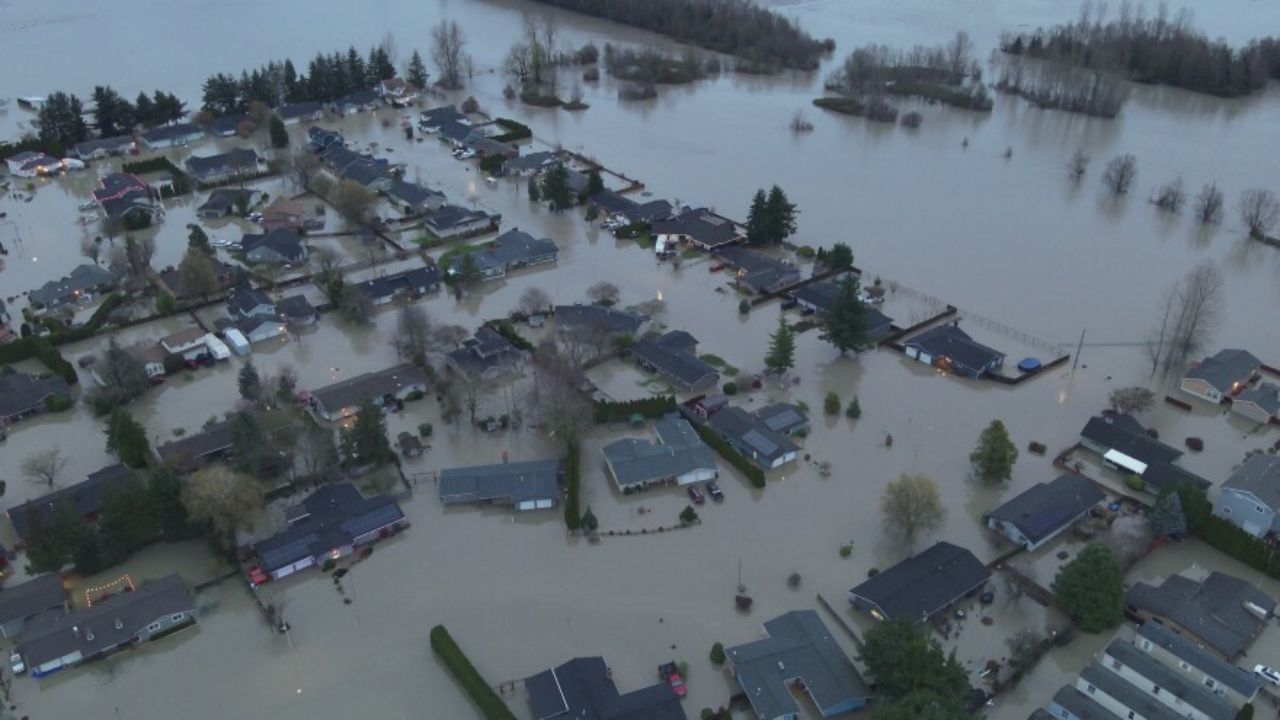A billionaire developer is planning to build a luxury resort in one of the most untouched parts of the Adirondacks—Whitney Park.
The 36,000-acre private forest, located in the Adirondack Park in northern New York, has long been closed to the public and is known for its wild, scenic beauty. Now, for the first time in over a century, that land may soon open up—but not without controversy.
The proposed resort, planned by developer Jeremy Jacobs Jr., includes a small luxury hotel, private cabins, and a focus on outdoor recreation.
Jacobs, whose family owns Delaware North and the Boston Bruins, bought the estate in 2020 for $180 million. Since then, he has been working on a plan to build a resort that blends luxury with nature while preserving the land’s ecological value.
Jacobs says the goal is to create a high-end getaway that brings visitors into the heart of nature without damaging it.
According to the early plans, only a small portion of the land—around 220 acres—would be developed. The rest of the forest would remain intact, with hiking, fishing, and boating available on select trails and lakes.
But not everyone is on board. Environmental groups and some residents are concerned that the project, while small in scale, could set a dangerous precedent.
They worry that even limited development could change the character of the area and weaken protections for other parts of the Adirondack Park. The land is currently zoned under the Adirondack Park Agency (APA) for conservation, and major changes would need approval from state regulators.
Whitney Park has a long history. It was owned for decades by the wealthy Whitney family and has remained largely untouched, with vast forests, lakes, and wetlands.
Conservationists have argued that the state should buy the land to add it to the public forest preserve. Jacobs, however, says he wants to keep it private while still allowing limited public access through the resort.
There are also economic angles. The resort is expected to bring new jobs and tourism revenue to the rural region, which struggles with an aging population and limited job opportunities. Some local leaders are supporting the plan, hoping it can strike a balance between growth and conservation.
The developer has not yet filed a formal application with the APA, but a concept presentation has been shared with local officials and state agencies.
Environmental reviews, public hearings, and multiple regulatory steps are still needed before construction could begin. Jacobs said the process will take years and promises that he will work closely with the community and conservation groups to shape the final project.






